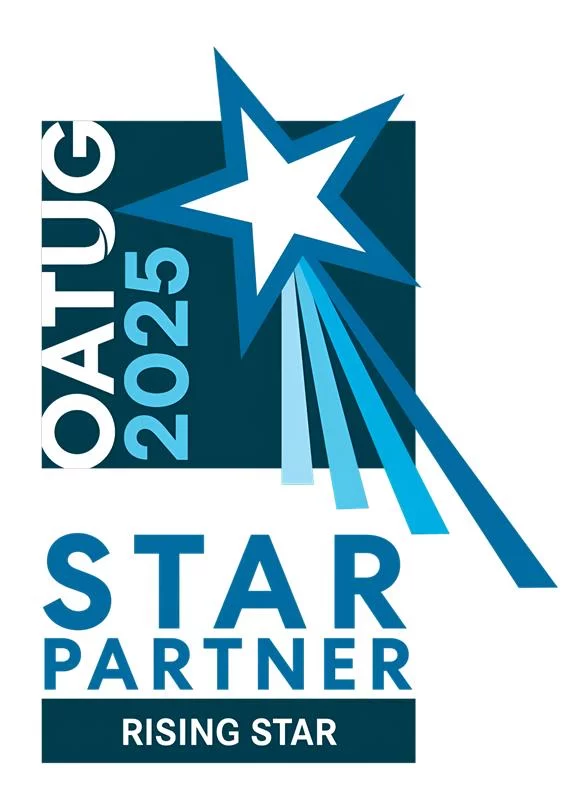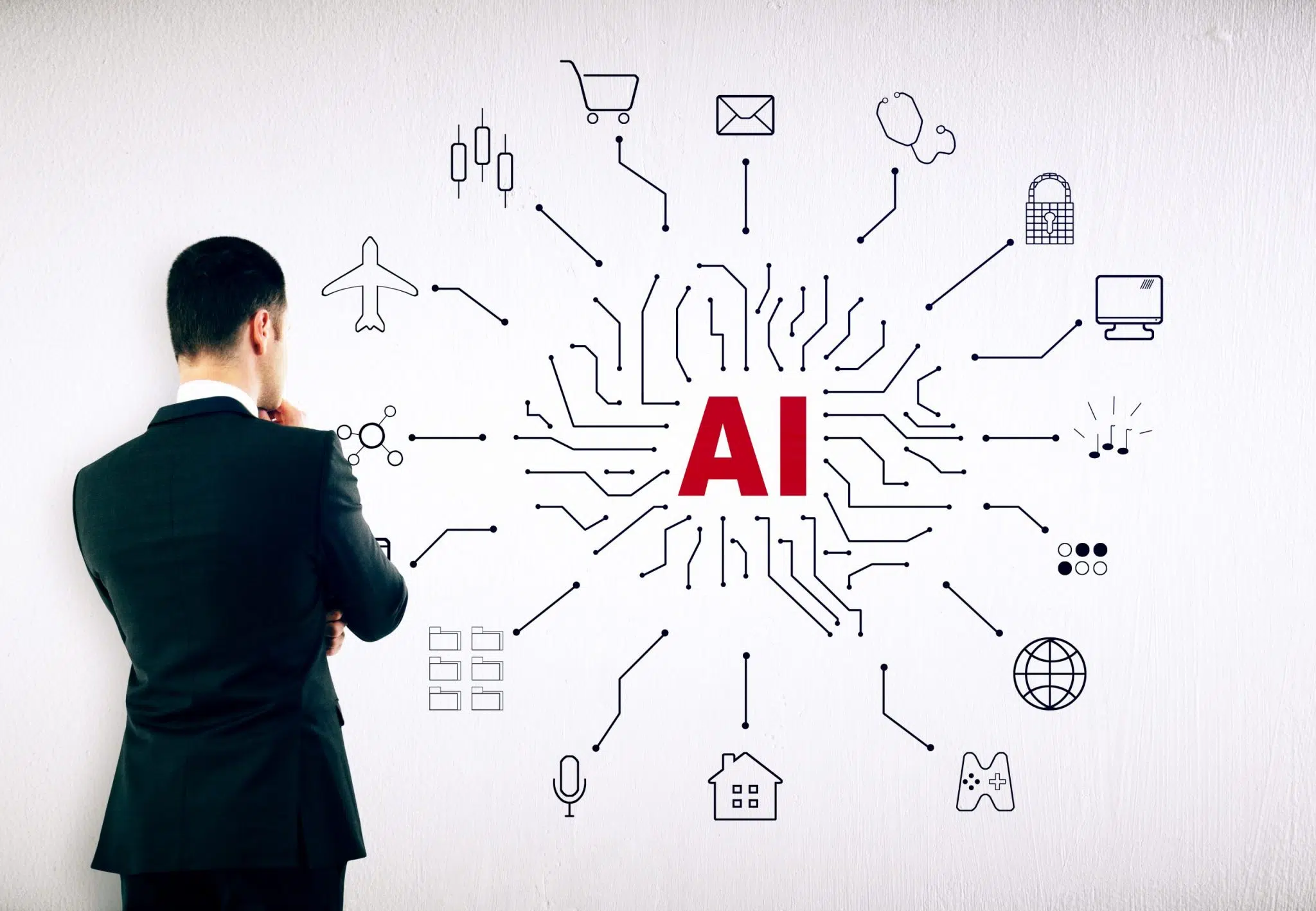In the fast-paced world of technological advancement, Artificial Intelligence (AI) stands as a beacon of innovation, promising enhanced productivity and efficiency for organizations. However, amid the anticipation and excitement, several misconceptions surround the actual impact of AI on productivity. This article seeks to unveil these misconceptions and provide a nuanced perspective on the true landscape of AI productivity in organizations.
In the realm of modern business, the buzz around Artificial Intelligence (AI) often leads to varied perceptions within organizations. There exists a dichotomy between what organizations believe AI to be and the intricate reality of its journey from raw data to tangible value. This article aims to bridge this gap, shedding light on the intricate process that transforms data into AI-driven value.
Perception vs. Reality:
Perception: Many organizations envision AI as a magical solution capable of instantaneously transforming data into actionable insights.
Reality: The AI journey is a meticulous process that involves distinct phases, each playing a crucial role in realizing value
Misconceptions About AI
-
Instantaneous Productivity Boosts
Reality: While AI holds the potential for significant productivity enhancements, expecting instantaneous results is a fallacy. Implementation and integration take time, and organizations must undergo a learning curve to harness AI’s full capabilities.
Patience is key in realizing the long-term benefits.
-
Universal Applicability
Reality: AI is a versatile tool, but not every solution fits every organizational context. Misguided attempts to apply AI universally can lead to inefficiencies.
Tailoring AI solutions to specific needs and workflows ensures optimal productivity gains.
-
Human Replacement Concerns
Reality: One common fear is that AI will replace human roles entirely, jeopardizing jobs. In reality, AI is designed to augment human capabilities, focusing on automating routine tasks, allowing employees to redirect efforts toward more strategic, creative, and value-added responsibilities.
AI enhances human abilities by automating tasks, freeing up time for strategic and creative work without replacing human roles.
-
One-Time Implementation
Reality: AI systems require continuous refinement and updates to stay relevant. Organizations falling for the misconception of a one-time implementation risk stagnation and missed opportunities.
Regular maintenance and updates are vital to maximizing productivity.
-
All AI Technologies Are Equal
Reality: Not all AI technologies offer the same level of productivity enhancement. Understanding the nuances between machine learning, natural language processing, and other AI subsets is crucial.
Choosing the right technology tailored to specific needs ensures optimal results.
Demystifying AI in Organizations: Navigating the Journey from Data to Value

-
Data Phase
Selection: Identifying relevant datasets crucial for the business problem at hand.
Sourcing: Acquiring data from various structured and unstructured sources.
Synthesis: Combining and preparing data for the subsequent AI phases.
-
AI Phase
Exploring: Understanding the characteristics and patterns within the data.
Cleaning: Removing inconsistencies, errors, and outliers to ensure data quality.
Normalizing: Standardizing data formats for consistency.
Feature Scaling: Adjusting the scale of features for uniformity.
Model Set-up: Selecting the appropriate AI model architecture.
-
Training Phase
Training: Introducing the selected model to historical data to learn patterns.
Evaluation: Assessing the model’s performance using test datasets.
Tuning: Adjusting model parameters for optimal results.
-
Value Phase
Registration: Implementing the trained model into operational systems.
Deployment: Integrating AI into business processes and systems.
Monitoring: Continuous surveillance of AI performance for real-time adjustments.
Retraining: Periodic refinement of the model based on evolving data patterns.

The Nuances of AI Implementation
Interconnected Phases: Each phase in the AI journey is interconnected and dependent on the others. Skipping or neglecting any phase can compromise the overall effectiveness of AI implementation.
Continuous Cycle: AI is not a one-time endeavor. It operates in a continuous cycle of learning, adapting, and refining based on evolving datasets and business dynamics.
Human-AI Collaboration: The successful integration of AI necessitates collaboration between human expertise and AI capabilities. While AI processes data at scale, human intuition and creativity remain irreplaceable.
Benefits of AI for Organizations
Enhanced Productivity:
Streamlining workflows and optimizing resource allocation result in increased overall productivity.
Predictive Analytics:
Predictive models help anticipate trends and potential outcomes, aiding in proactive decision-making.
Recommendation Engines:
AI-powered recommendations enhance customer satisfaction by suggesting tailored products or services.
Operational Efficiency:
Automation and optimization lead to reduced operational costs over time.
Problem Solving:
AI algorithms can analyze complex problems, providing innovative solutions that might elude traditional methods.
Above are just few of many benefits that organization can receive depending on the AI technology selection.
Conclusion:
In the quest for productivity gains through AI, it is essential to dispel common misconceptions and approach the integration with realistic expectations. AI’s true power lies in collaboration, augmenting human capabilities, and evolving alongside organizational needs. By understanding and navigating these misconceptions, organizations can harness the full potential of AI to drive sustainable productivity and innovation.
As organizations embark on their AI journey, it is crucial to dispel the notion of AI as a quick-fix solution. The reality is a thoughtful and interconnected process where the transformation of data into value is a journey, not an endpoint. Acknowledging the nuances of this journey empowers organizations to harness the true potential of AI for sustainable innovation and business growth.




